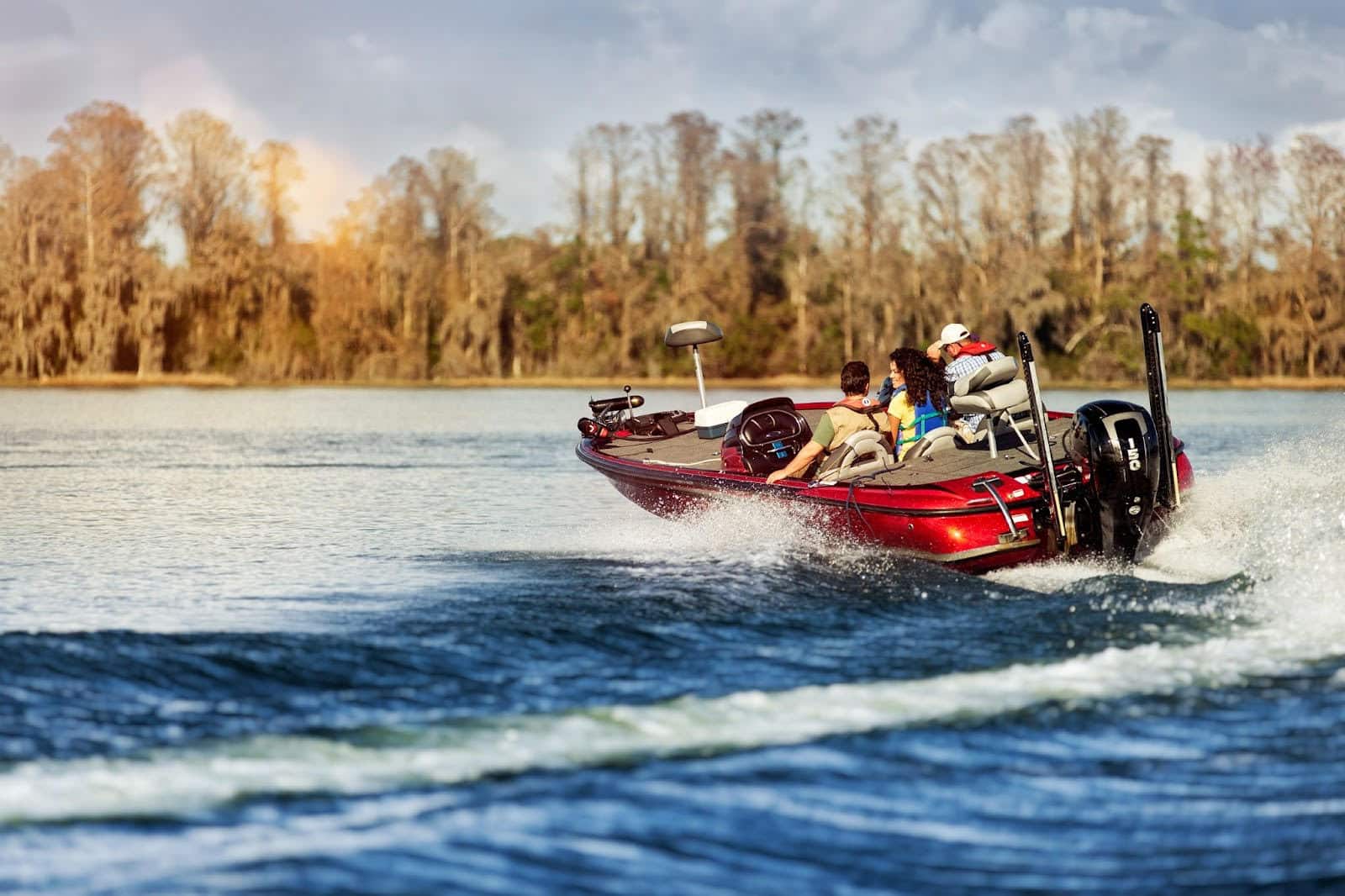Weekend tragedies a stern reminder of the dangers of swift currents
ON 05-03-2017

May 3, 2017
Randy Zellers
Assistant Chief of Communications
The Arkansas Game and Fish Commission would like to remind everyone to be cautious and use good judgment when driving around water or deciding to go through with previously planned trips involving on-the-water recreation. Wildlife officers and other swift-water recovery teams were involved in many operations during the last week, but the work is far from over.
Major Jason Parker of the AGFC’s Enforcement Division, says officers are prepared to respond to additional calls resulting from continued effects of the severe weather.
“There are many places where floodwaters from last weekend’s events have not crested,” Parker said. “All of the rain that fell in the north part of the state will be working its way down through our rivers and streams, and any additional rainfall may make the swift water even worse.”
Motorists and boaters often underestimate the power of swift water, but one misstep can result in a life-threatening situation. According to a recent report from The Weather Channel, water moving at only 6 miles per hour has the same force of the wind in an EF5-class tornado.
“You may feel like you’re able to fight the current wading across it, but if debris or current suddenly knock you off your feet, you’re at the mercy of the water,” Parker said. “If you get pinned against a logjam or other debris and the current is going 30 to 40 miles per hour, you simply cannot do anything about it.”
AGFC Director Jeff Crow agrees, adding that taking unnecessary risks with swift water not only put the victim at risk, but the men and women who try to help them.
“Rescue teams are trained to handle swift water, but even they can’t be prepared for everything, and there’s substantial risk involved in any sort of rescue operation,” said Crow. “During these flood events, there may be the need for multiple rescue operations. Those incidents that could have been avoided may lessen the response available for those unavoidable cases that are bound to occur.”
According to the Federal Emergency Management Agency, it only takes only 6 inches of water will reach the floorboard of most passenger cars, causing stalling and loss of control. One foot of water will float many vehicles and 2 feet will carry away most any truck or SUV. Add strong current, and it takes much less water to have the same effect.
One area Parker strongly encourages extra caution with is while driving across water-inundated roads, particularly gravel and dirt roads or those with known creek crossings.
“The entire road may be washed out, but the water level can fool you,” Parker said. “What looks like only a few inches of water may actually be a drop of a few feet.”
Parker says water crossings at night also can play tricks on the eyes, as it’s much harder to tell where the road is and where the water may have washed it away.
“Culverts also are extremely dangerous during high water,” Parker added. “They create a massive amount of suction, and can draw you into them if you are wading nearby.”
If you do happen to find yourself in a swift water situation, Parker says the best thing to do is to try to swim with the current at an angle to the shore.
“You won’t be able to fight fast current or go sideways in it,” Parker said. “If you can keep your wits and not panic, try to let the current carry you and work at an angle, avoiding any obstruction you see.”
Recent News

Watch your wake
Jul. 2, 2025
Subscribe to Our Weekly Newsletter E-mails
Don’t miss another issue. Sign up now to receive the AGFC Wildlife Weekly Newsletter in your mailbox every Wednesday afternoon (Waterfowl Reports are published weekly during waterfowl season and periodically outside the season). Fishing Reports arrive on Thursdays. Fill in the following fields and hit submit. Thanks, and welcome!

